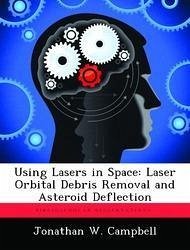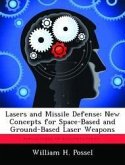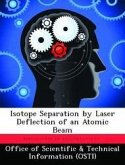Orbital debris in tow-Earth orbit ranging in size from 1 to 10 centimeters (cm) in diameter, poses a significant problem for space vehicles.1 While this debris can he detected, it cannot he tracked with sufficient reliability to permit spacecraft to avoid these objects. Such debris can cause catastrophic damage even to a shielded spacecraft. Given the technological advances associated with adaptive optics, a ground-based pulsed laser could ablate or vaporize the surface of orbital debris, thereby producing enough cumulative thrust to cause debris to reenter the atmosphere. One laser facility could remove all of the one-ten centimeter debris in three years or less. This study proposes that the United States develop a technology demonstration of this laser space propulsion in order to implement a system for removing debris from earth orbit. The cost of this proposed demonstration is favorable in comparison with the typical costs [or spacecraft operations.








